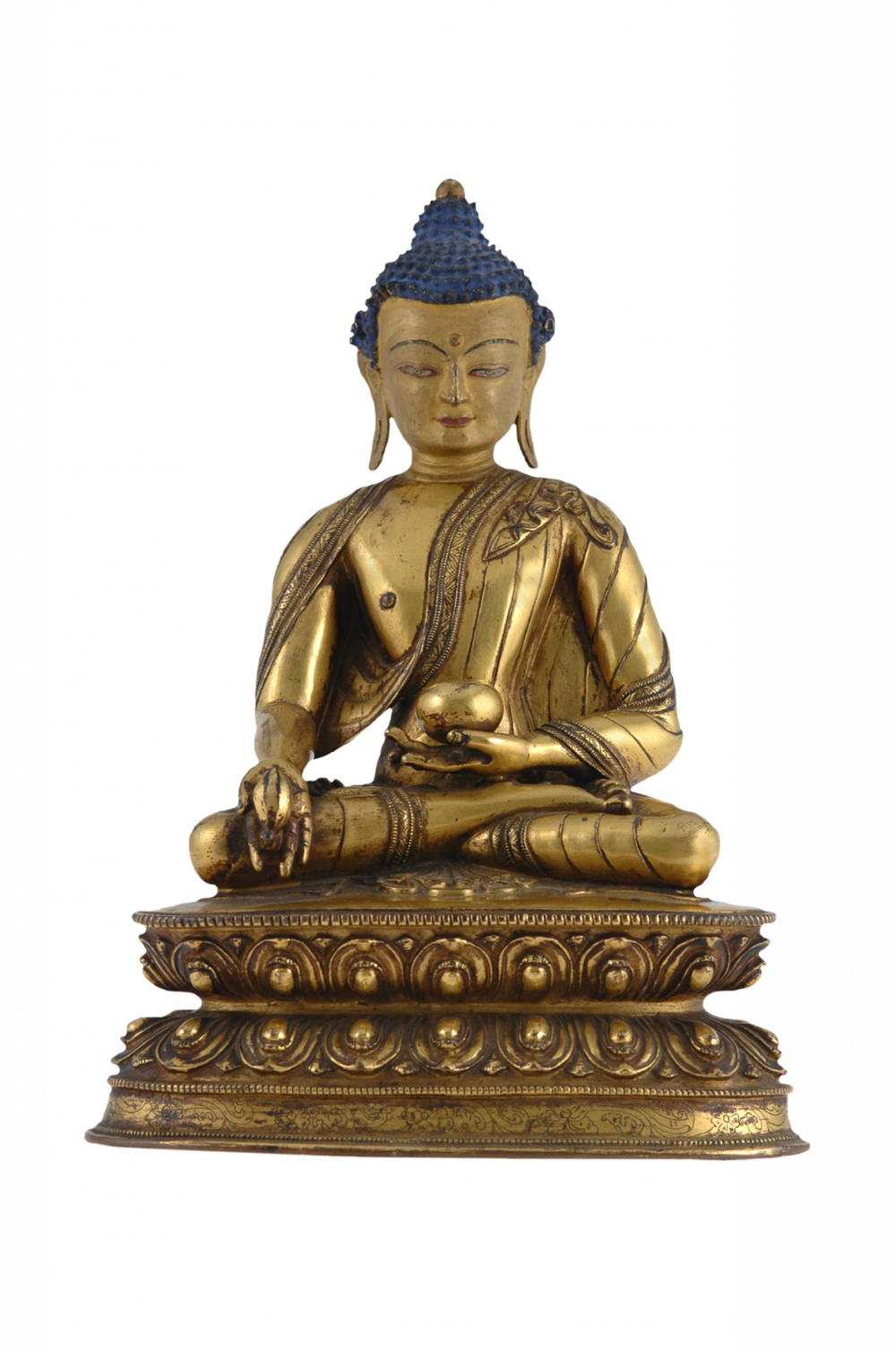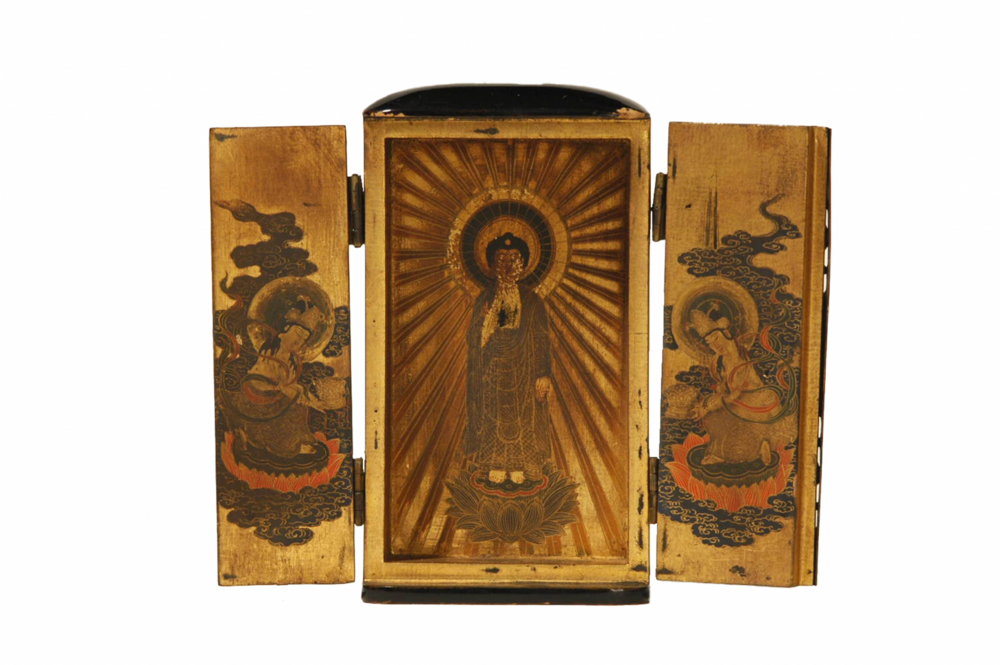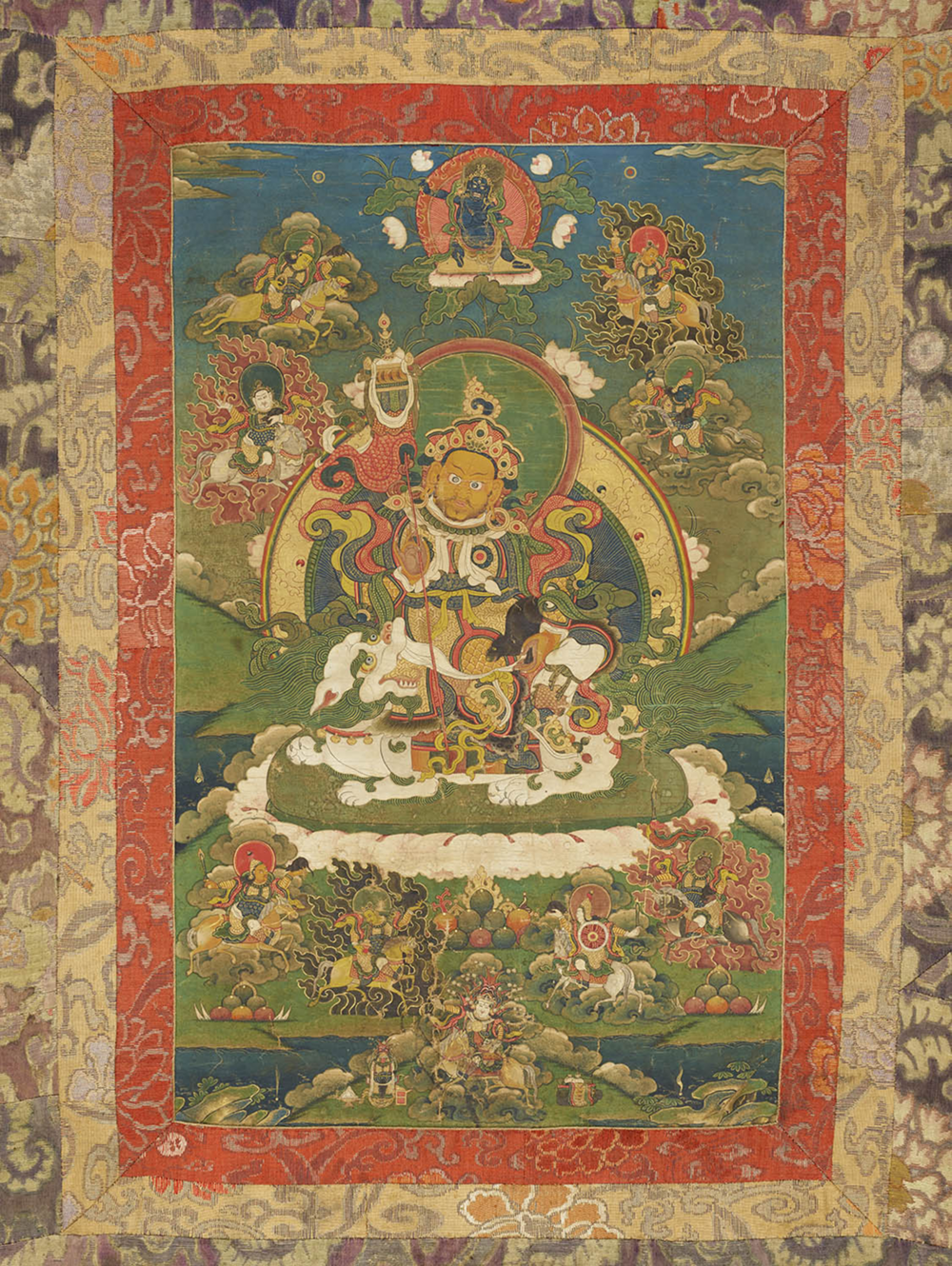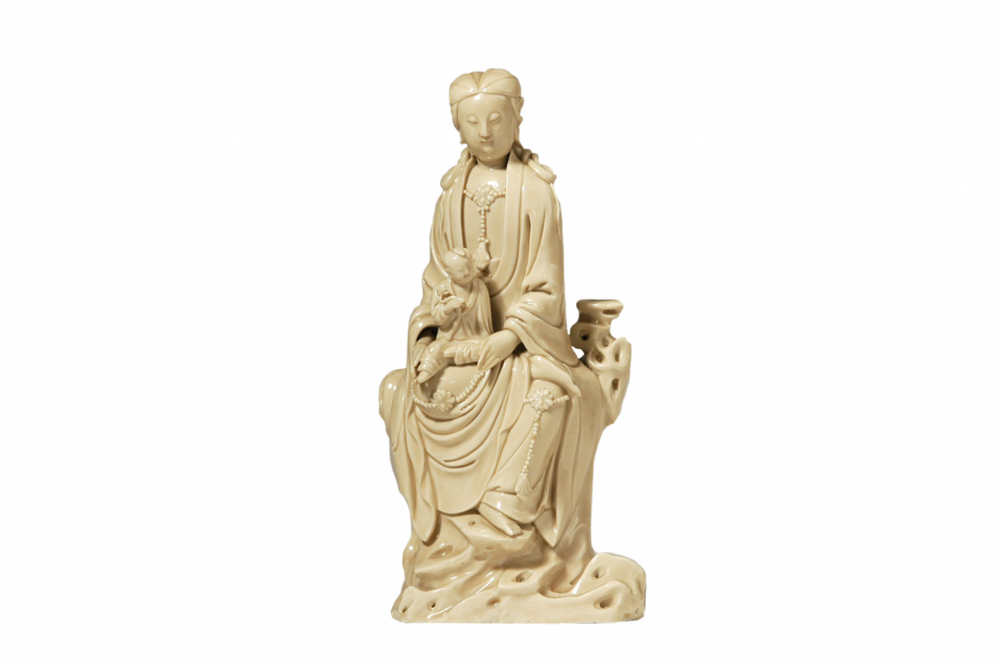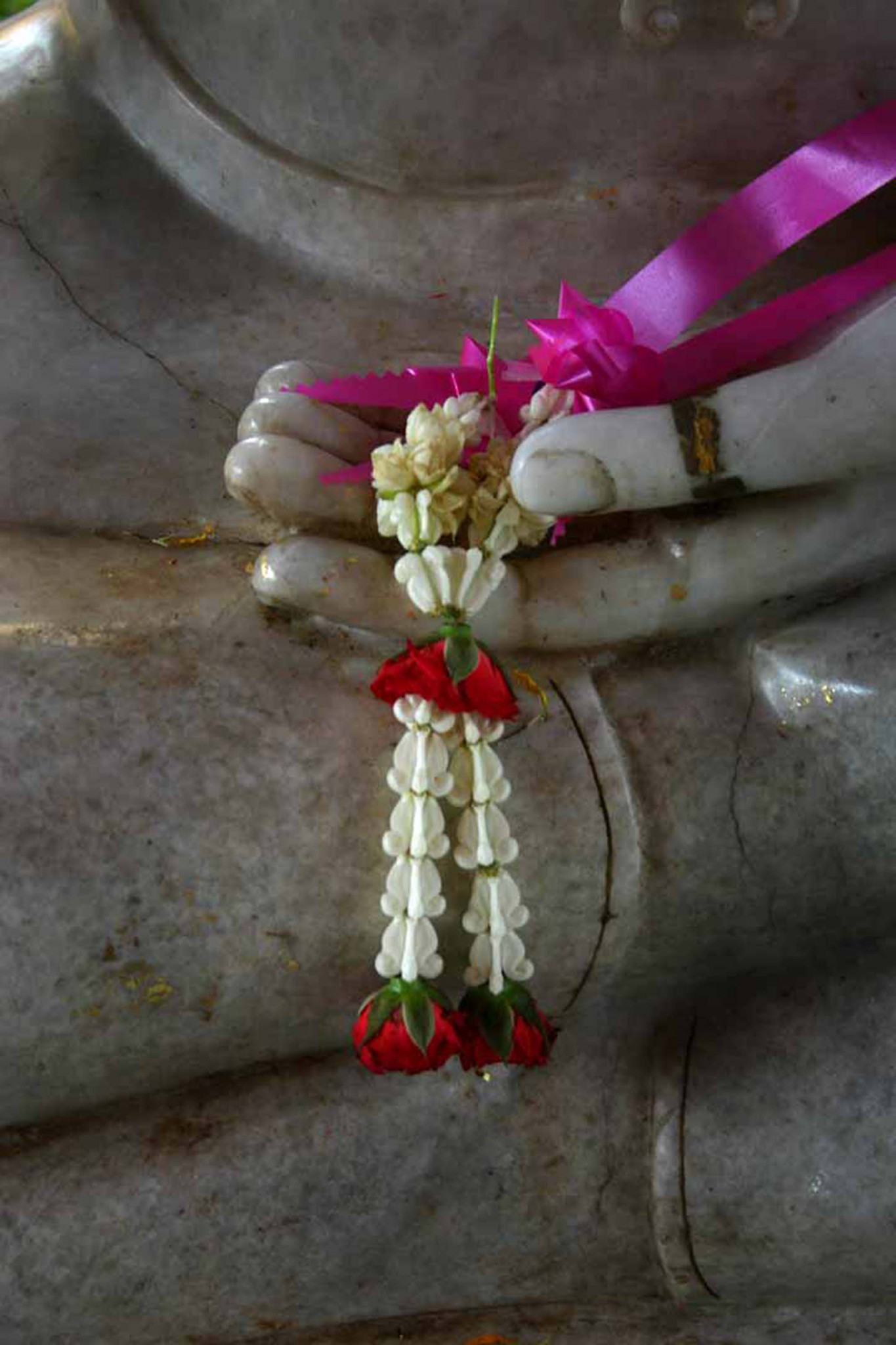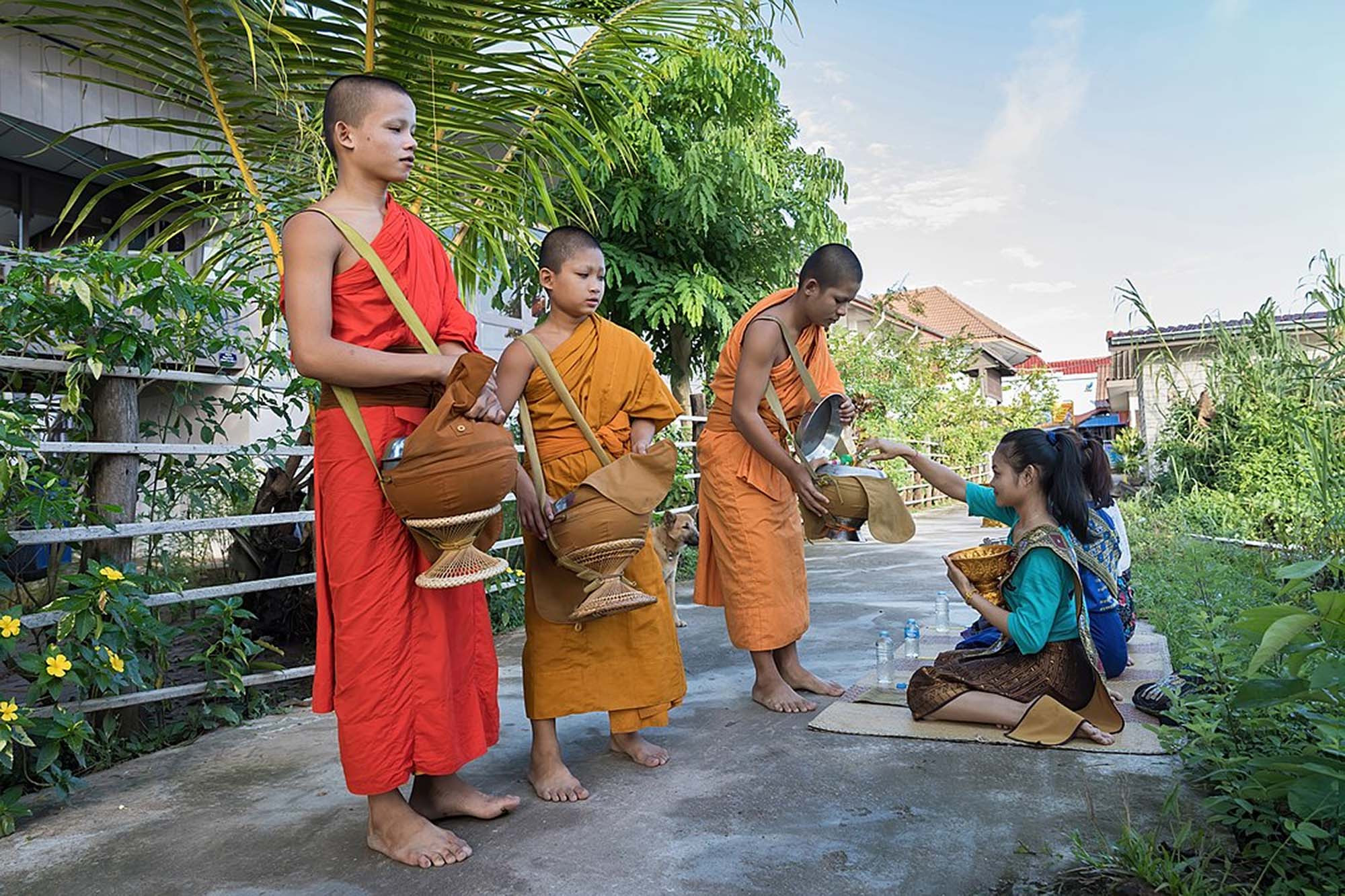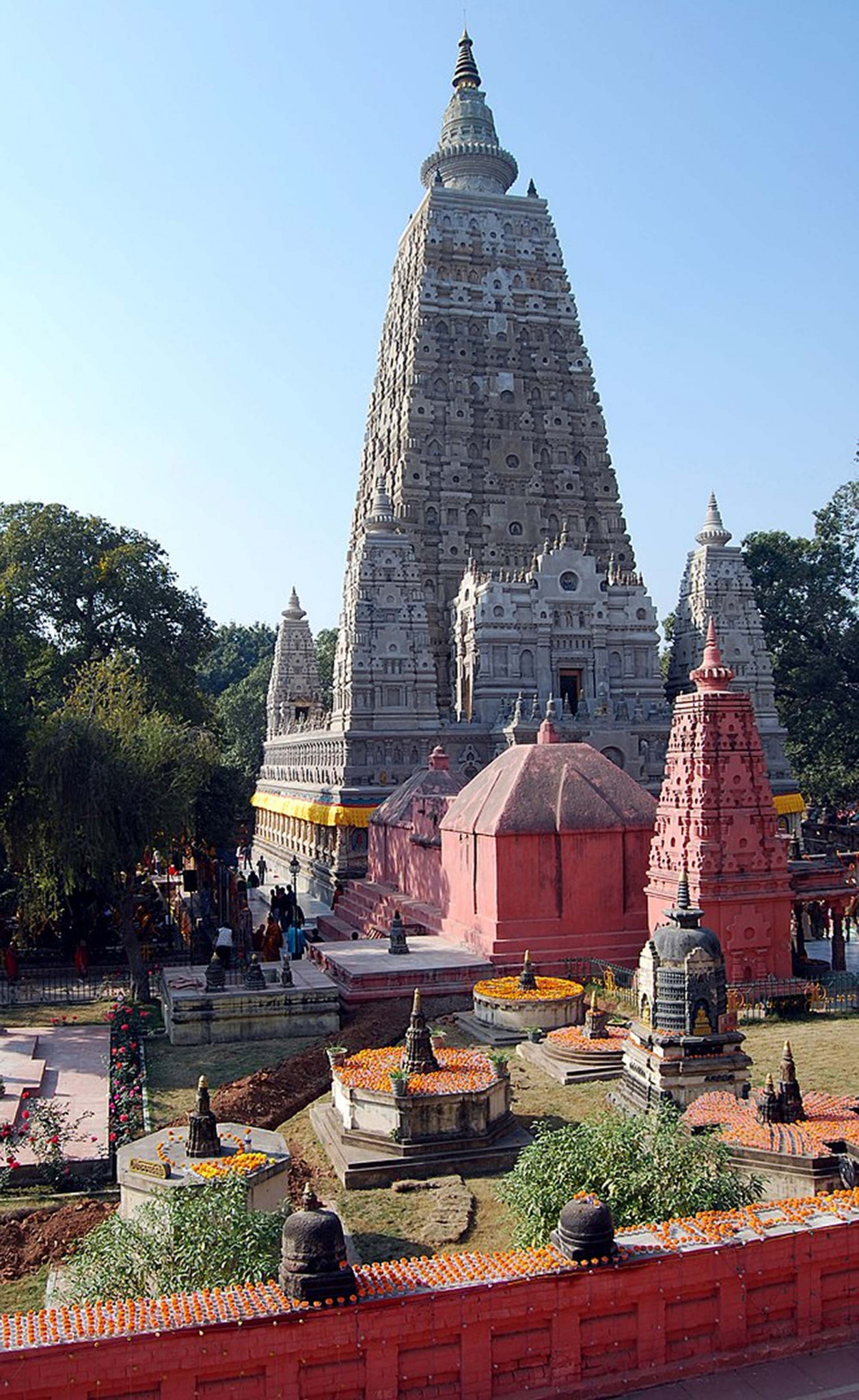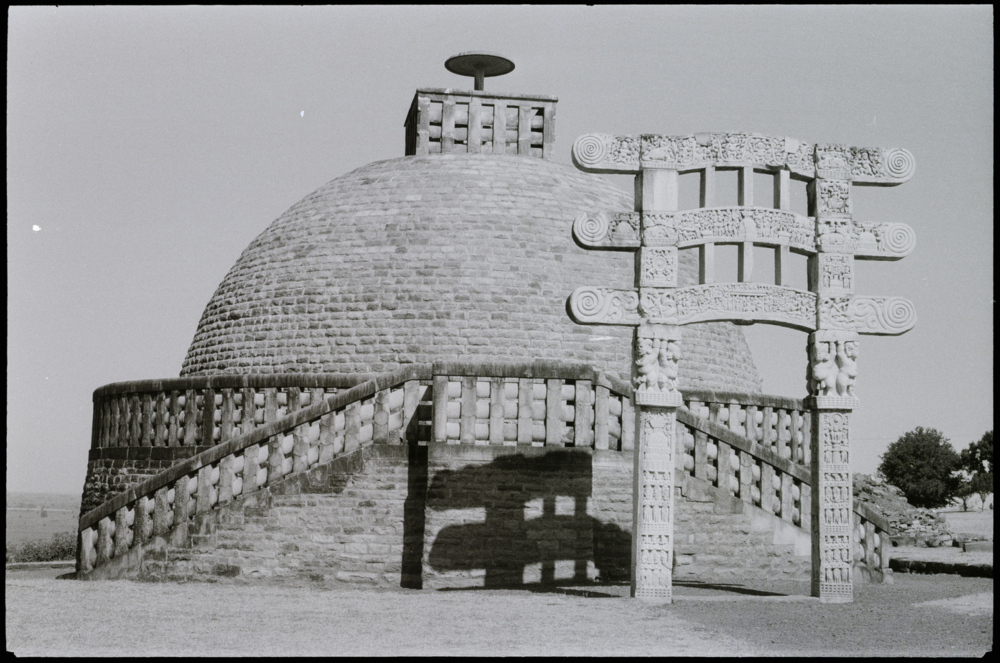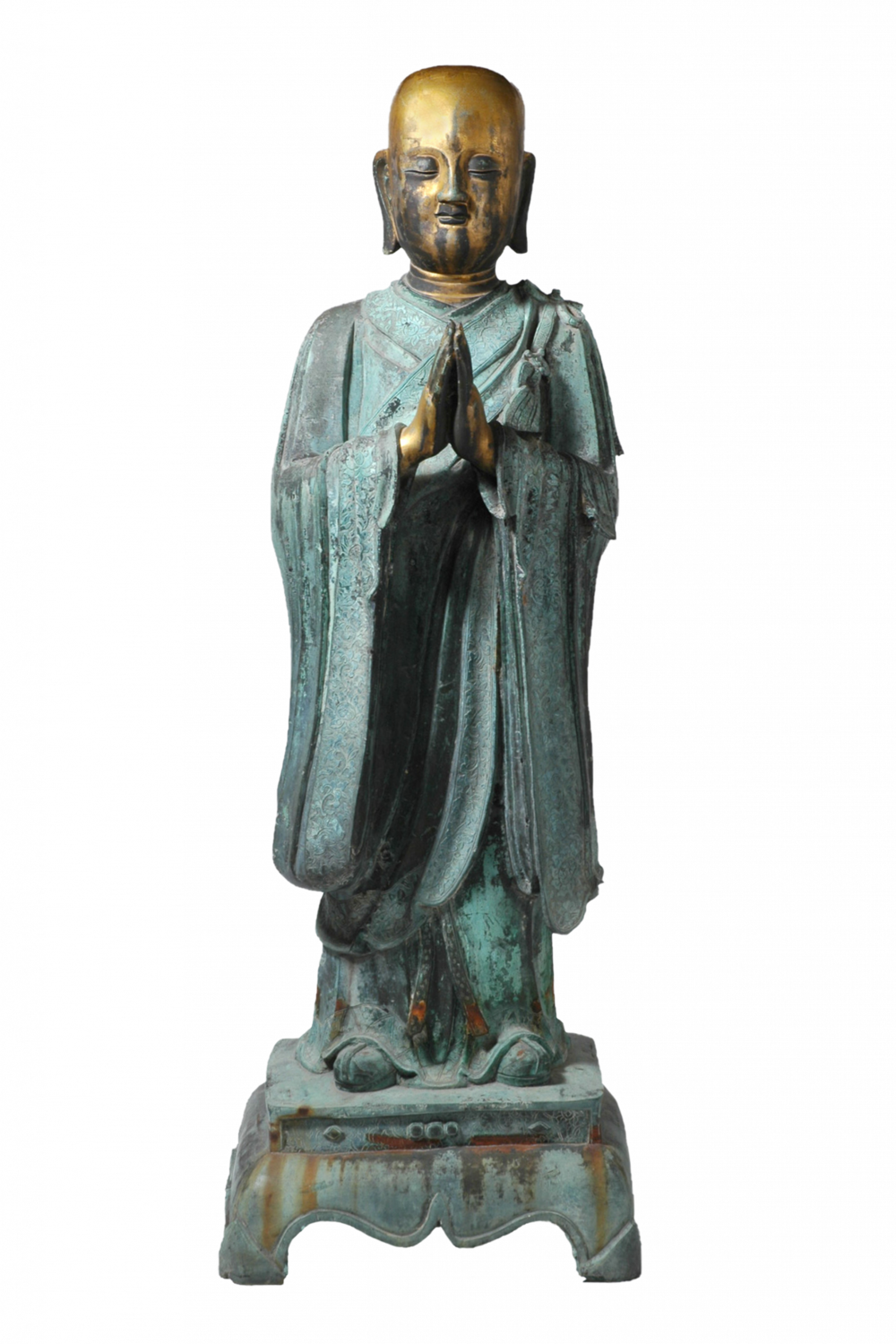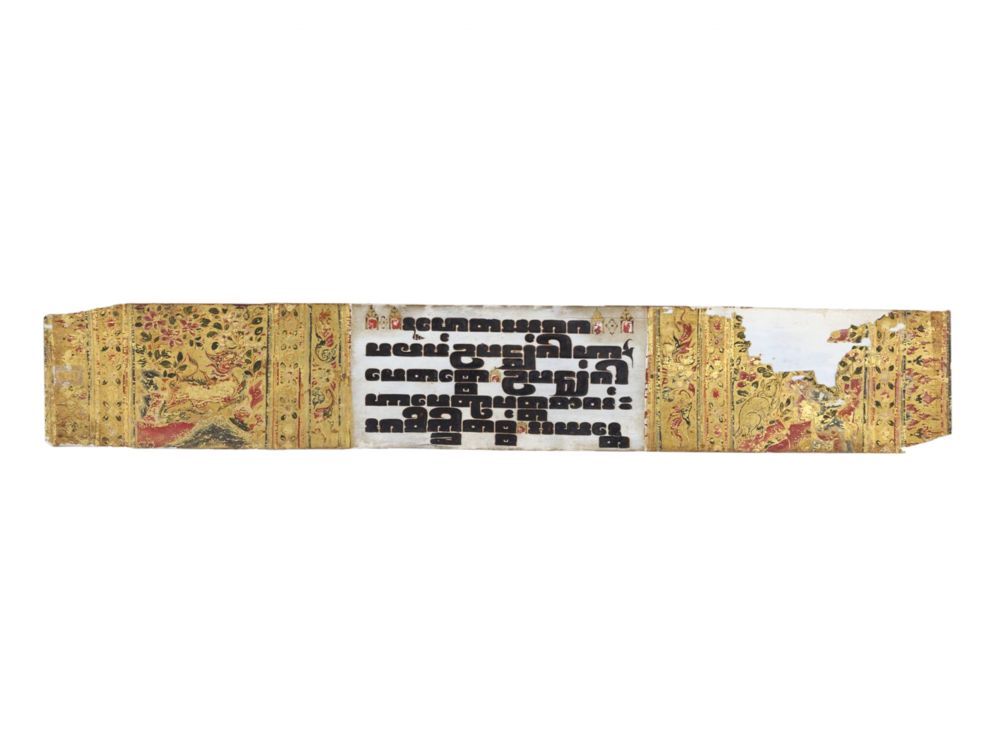This story looks into the everyday ritual acts that are important to many Buddhists.
Rituals are significant in all Buddhist schools and teaching traditions.
Ritual acts include reciting or copying texts, making charitable donations, or owning up to past misdeeds. Buddhists may also go on pilgrimages, do physical exercises, or practise various forms of meditation. The veneration of deities that guide and protect is another important part of Buddhist ritual practice.
Here you can explore a range of activities that are part of everyday life for many Buddhists.
